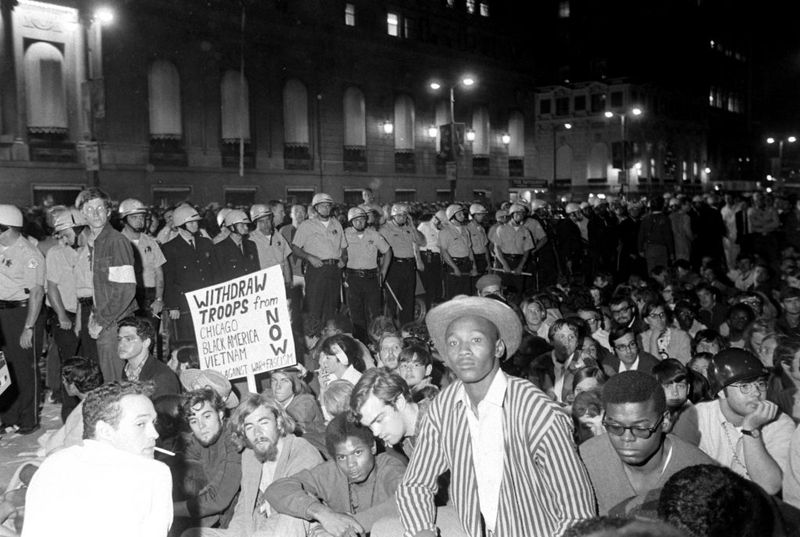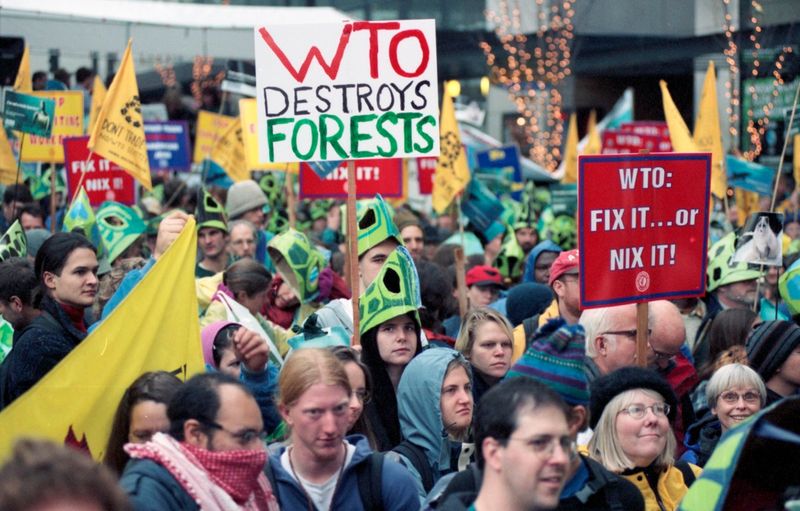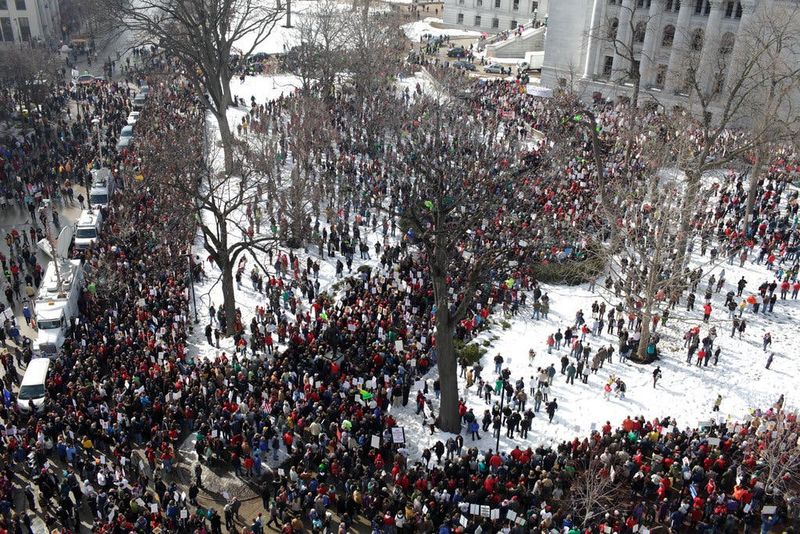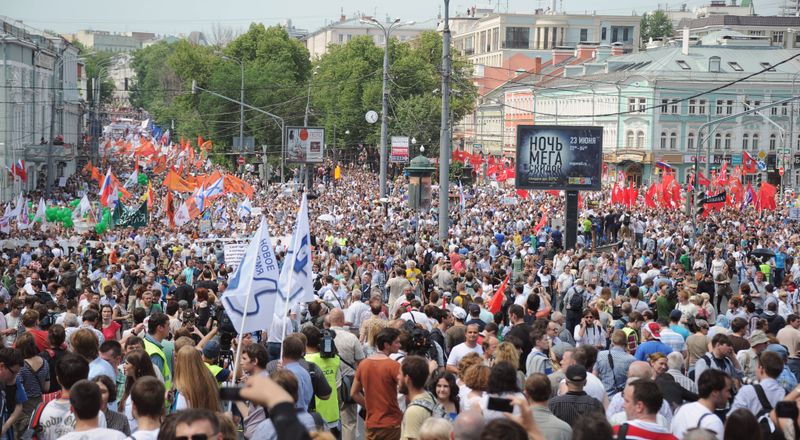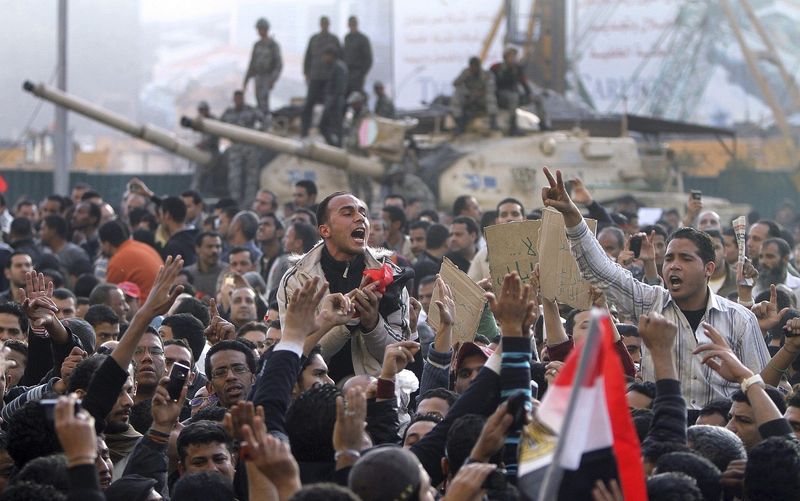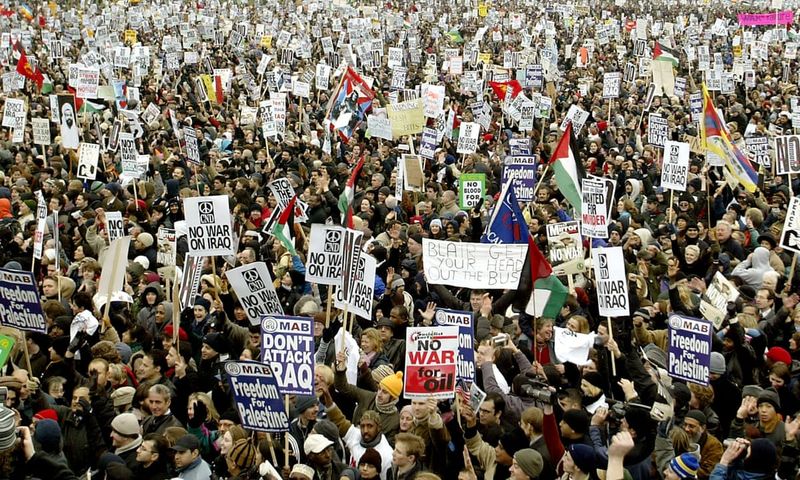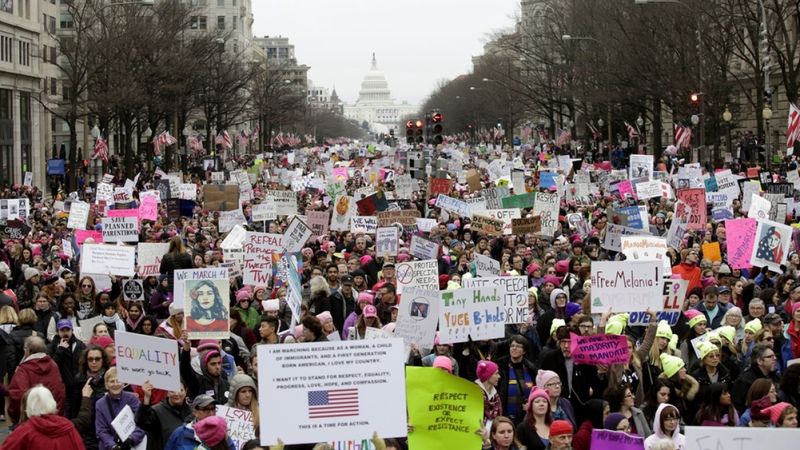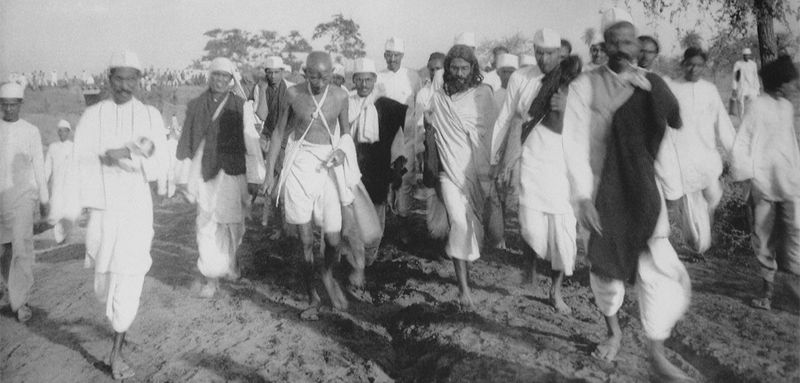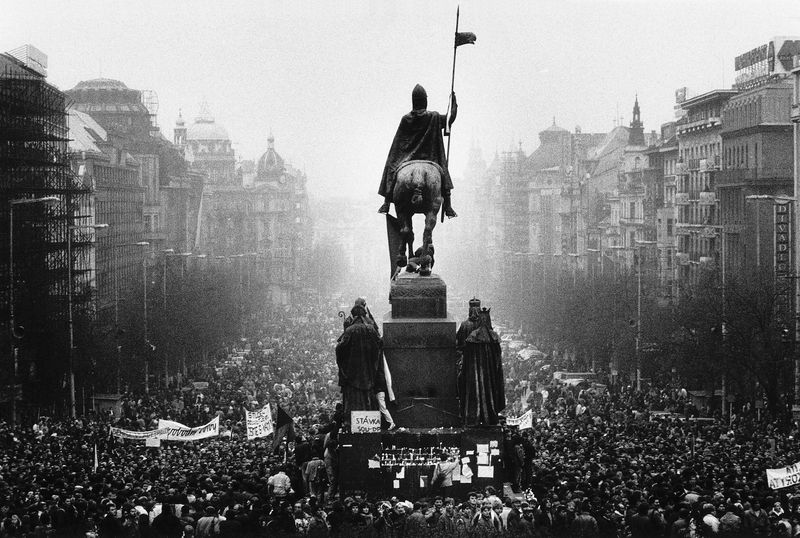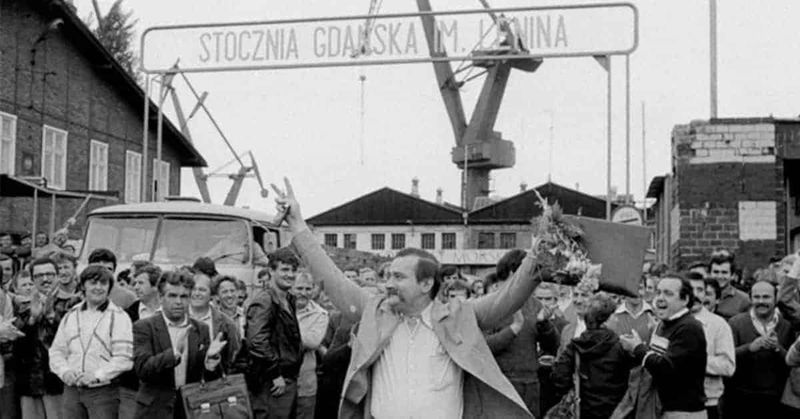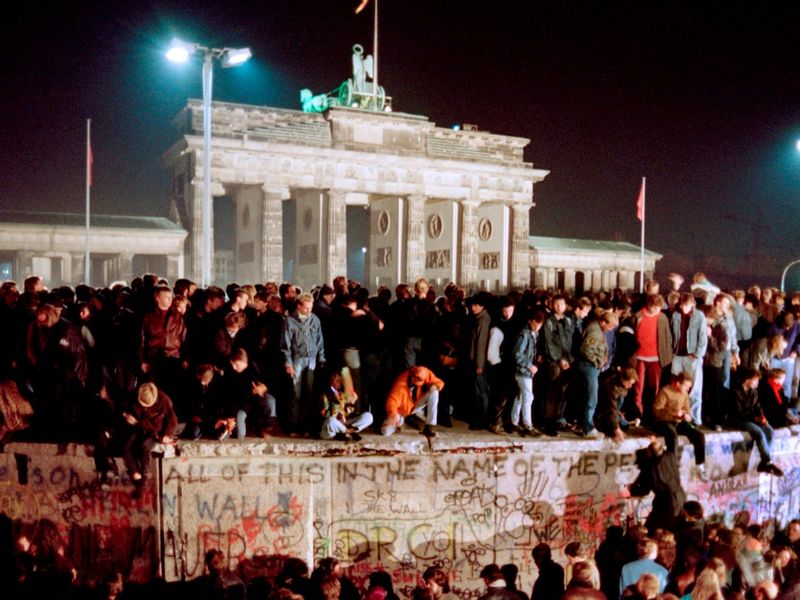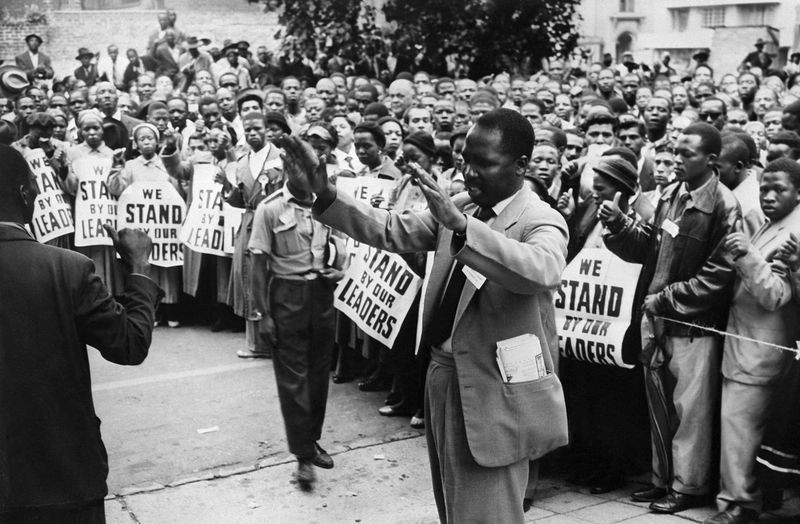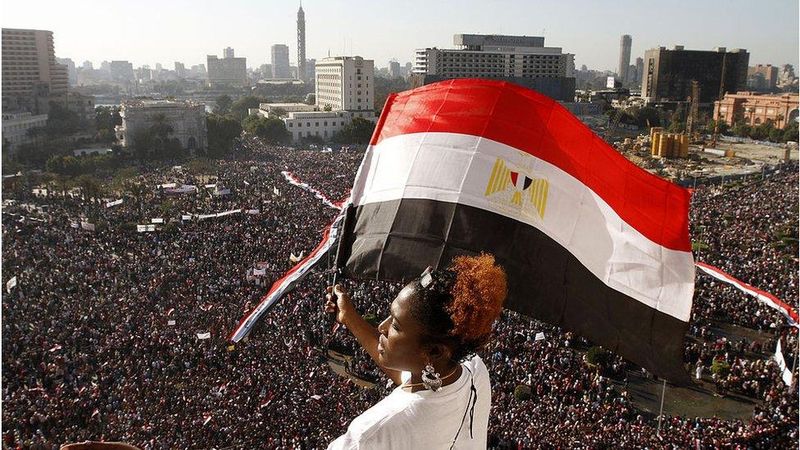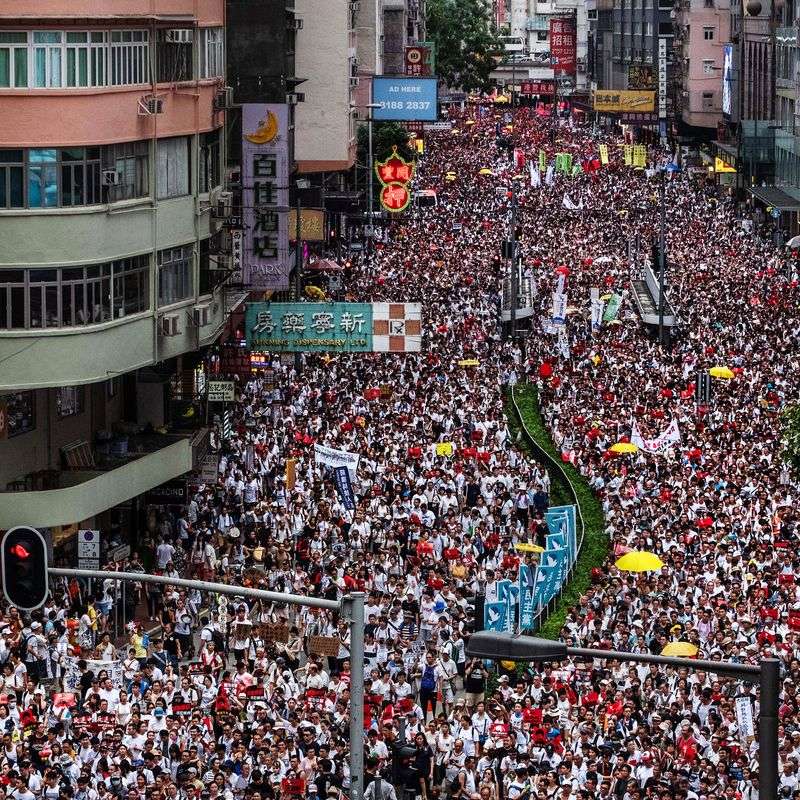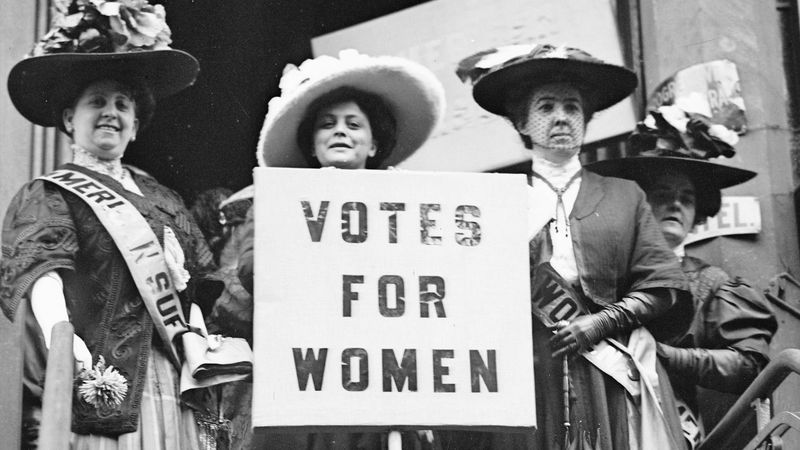Throughout history, peaceful protests have served as a powerful tool for change, yet not all have succeeded in their aims. Some have fallen short, while others have reshaped societies and influenced future generations. This blog post explores both the failures and triumphs of peaceful protests, examining what led to their outcomes and the lasting impacts they have had on the world.
1. The 1968 Democratic National Convention Protests
In 1968, Chicago became a stage for anti-Vietnam War activists during the Democratic National Convention. These protests highlighted the war’s injustices but failed to alter U.S. policy. The events were marred by violent clashes with police, overshadowing the peaceful intentions. Despite drawing national attention, the U.S. persisted in its involvement in Vietnam for years. The imagery of chaos contradicted the protesters’ peaceful message. Though they aimed to ignite change, the protests exemplified how violence can overshadow peaceful intentions, affecting public perception and policy outcomes.
2. The 1999 WTO Protests in Seattle
The “Battle of Seattle” in 1999 signified a massive stand against the World Trade Organization. Protesters rallied against perceived injustices like labor rights violations and environmental damage. However, the demonstrations, intense as they were, couldn’t halt global trade agreements. The policies represented by the WTO continued to thrive within the global economic system. Despite the widespread media coverage and public interest, the protestors’ objectives were not realized. This event illustrated the complexities of global trade resistance and the challenges faced by activists in effecting systemic change.
3. The 2014 Hong Kong Umbrella Movement
In 2014, the streets of Hong Kong were filled with umbrellas, symbolizing a peaceful plea for democratic reform and universal suffrage. Known as the Umbrella Movement, this protest encountered fierce resistance from the Chinese government. Despite capturing global attention, the movement failed to yield significant political changes, as Hong Kong’s governance remained tightly controlled by Beijing. The protest demonstrated the delicate balance between local aspirations and the broader geopolitical influences. The Umbrella Movement remains a poignant reminder of the challenges faced by those seeking autonomy and democratic rights.
4. The 2005 French Riots
Though not purely peaceful, the 2005 French riots were fueled by social and economic inequalities. Sparks of unrest began with calls for change but erupted into widespread civil disorder. Despite significant media coverage, the protests did little to address the underlying issues, and governmental attitudes toward immigrant populations remained unchanged. The events highlighted the struggles of marginalized communities in seeking justice and equality. The protests served as a stark reminder of the socio-economic divides present within modern France, emphasizing the need for deeper societal introspection and reform.
5. The 2011 Wisconsin Protests
In 2011, Wisconsin became the epicenter of a massive protest against Governor Scott Walker’s budget cuts and collective bargaining restrictions. Thousands rallied in solidarity, hoping to overturn the proposed measures. However, despite the protest’s momentum, Walker’s legislation passed, and the demonstrators’ efforts were thwarted. The protests underscored the difficulties in challenging political authority and enacting legislative change. Even though the protestors didn’t achieve their immediate goals, the event sparked a national conversation about workers’ rights and collective bargaining, leaving a lasting impact on the political landscape.
6. The 2019 Chilean Protests
The 2019 Chilean protests began over subway fare hikes but quickly evolved into a significant movement for social equality. Protesters filled the streets, demanding reforms from the government. Despite the widespread demonstrations, the Chilean authority suppressed the protests without implementing major reforms. Many demands went unmet, highlighting the struggle for social justice in a land marked by economic disparity. The protests revealed the deep-seated inequalities in Chile and the resilience of its citizens. Although immediate changes were limited, the movement reinvigorated discussions on social justice and reform.
7. The 2012 Russian Protests
In 2012, Russia witnessed protests against electoral fraud and Vladimir Putin’s regime. Despite attracting tens of thousands to the streets of Moscow, the protests had little effect on the political landscape. The government maintained its grip on power, and Putin’s leadership continued unchallenged. The protests illustrated the challenges faced by Russian activists in promoting change within an authoritative system. Though the demonstrators didn’t achieve their immediate goals, the movement was a testament to the courage and determination of citizens advocating for political transparency and reform in Russia.
8. The 2010-2011 Egyptian Protests (Pre-Revolution)
Before the 2011 revolution, Egypt experienced peaceful protests calling for political reforms. Activists voiced demands for change, but the Mubarak regime’s grip remained firm. These early protests set the stage for the larger, more violent uprisings that eventually led to the president’s ouster. The initial demonstrations highlighted the Egyptian people’s growing unrest and desire for democratic governance. Despite their limited success, these protests laid important groundwork for the transformative events of 2011, illustrating the persistent spirit of those seeking justice and political freedom in Egypt.
9. The 2003 Anti-Iraq War Protests
In 2003, millions marched globally against the impending Iraq War, making it the largest anti-war protest in history. Cities worldwide saw diverse crowds uniting for peace, yet their efforts did not prevent the invasion. Led by the United States under George W. Bush, military intervention proceeded as planned. The protests showcased global unity against war but also highlighted the challenges of influencing government decisions on international conflicts. Despite their failure to halt the war, the demonstrations underscored the power of collective voices advocating for peace.
10. The 1989 Tiananmen Square Protests
The 1989 Tiananmen Square protests remain an indelible symbol of the fight for democratic reforms in China. Students and citizens gathered peacefully to demand change, only to face a brutal crackdown by the government. The protests ended in violence, with no political reforms enacted, preserving China’s authoritarian regime. The haunting image of the “Tank Man” stands as a testament to the courage of those who stood up against oppression. Despite its failure to bring change, Tiananmen Square continues to inspire democratic movements worldwide, symbolizing resilience and hope.
11. The 2017 Women’s March
The 2017 Women’s March emerged as one of the largest single-day protests in U.S. history, advocating for women’s rights and equality. Participants from diverse backgrounds joined forces, raising awareness on many pressing issues. However, the movement struggled to translate this momentum into immediate political change or legislative victories. Despite these challenges, the march inspired ongoing activism and strengthened networks among advocates. It highlighted the importance of solidarity and collective action in the fight for gender equality, leaving an enduring legacy on the landscape of social justice activism.
12. The Indian Independence Movement (1947)
Mahatma Gandhi’s leadership of the Indian Independence Movement against British colonial rule remains a landmark in the history of peaceful resistance. Through nonviolent means and civil disobedience, India achieved independence in 1947. Gandhi’s commitment to peace inspired global movements and reshaped the world’s understanding of protest. The movement unified diverse groups under a common cause, showcasing the power of peaceful resistance. India’s independence marked the beginning of the end for colonialism worldwide, proving that nonviolent actions could indeed conquer oppressive regimes and inspire future generations seeking justice.
13. The Civil Rights Movement (1950s-1960s)
The Civil Rights Movement in the 1950s and 1960s transformed the United States. Iconic events such as the 1963 March on Washington, led by Martin Luther King Jr., highlighted the fight for racial equality. Peaceful protests played a pivotal role in securing landmark legislation like the Civil Rights Act of 1964 and the Voting Rights Act of 1965. The movement united citizens across racial and social lines, igniting change through nonviolent resistance. Its legacy endures in the ongoing quest for equality and justice, demonstrating the profound impact of peaceful protest.
14. The Salt March (1930)
The 1930 Salt March, led by Mahatma Gandhi, symbolized a potent act of civil disobedience against British salt taxes in India. The peaceful protest spurred millions to join the independence movement. Gandhi’s march showcased the power of symbolic resistance, drawing global attention to India’s struggle for freedom. The simplicity of the act belied its profound impact, eventually contributing to India’s liberation. The Salt March remains a beacon of how nonviolent actions can rally masses and challenge oppressive authorities. It stands as a testament to human resilience and the quest for justice.
15. The Velvet Revolution (1989)
In 1989, Czechoslovakia’s Velvet Revolution stood as a testament to the power of non-violence. Peaceful demonstrations led to the swift and bloodless overthrow of the communist regime. The revolution marked the beginning of democracy in the country and eventually led to the split into the Czech Republic and Slovakia. This movement was a pivotal moment in Eastern European history, showcasing the potential for peaceful transitions of power. The Velvet Revolution remains a symbol of hope and change, inspiring movements worldwide to pursue democratic reforms through peaceful means.
16. The Polish Solidarity Movement (1980s)
Led by Lech Wałęsa, the Polish Solidarity Movement of the 1980s emerged as a powerful force against the communist government. Through peaceful labor protests and negotiations, it successfully challenged the regime, leading to democratic reforms. Solidarity’s influence extended beyond Poland, inspiring similar movements across Eastern Europe. The movement demonstrated the power of unity and non-violent resistance in overcoming oppressive systems. By securing political change through peaceful means, the Polish Solidarity Movement became a beacon of hope, paving the way for further democratic transitions across the region.
17. The 1989 Berlin Wall Protests
The 1989 Berlin Wall Protests became a pivotal moment in history, leading to the fall of the Berlin Wall. Citizens of East Germany took to the streets, demanding freedom and reform. Their peaceful protests were instrumental in the eventual reunification of Germany. The fall of the Wall symbolized the end of Cold War divisions and the triumph of freedom over oppression. The Berlin Wall Protests remain an enduring symbol of peaceful resistance, showcasing how determined citizens can change the course of history through nonviolent action and collective resolve.
18. The Anti-Apartheid Movement (1948-1994)
The Anti-Apartheid Movement, championed by figures like Nelson Mandela and Desmond Tutu, fought against institutionalized racism in South Africa. Through peaceful resistance, the movement succeeded in dismantling apartheid policies and establishing a multiracial democracy. It showcased the power of perseverance and unity in overcoming deep-seated injustices. The struggle for racial equality in South Africa inspired global solidarity and became a defining moment in the fight for human rights. The movement’s legacy endures as a testament to the impact of peaceful protest in achieving monumental social and political change.
19. The Tiananmen Square Protest (1989)
The 1989 Tiananmen Square Protest remains a powerful symbol of resistance against authoritarian rule in China. Despite the brutal crackdown, the peaceful demonstrators’ demand for democratic reform resonated worldwide. The image of “Tank Man” standing defiantly before armored vehicles became an enduring symbol of courage. Though the protests did not achieve their immediate goals, they continue to inspire global movements for freedom and justice. The Tiananmen Square Protest is a poignant reminder of the human spirit’s resilience and the ongoing struggle for democratic rights in oppressive regimes.
20. The 2008 Icelandic Revolution
In 2008, Iceland faced a financial crisis that led to a series of peaceful protests known as the Icelandic Revolution. Citizens demanded accountability and change from their government. The protests resulted in the resignation of the government and the creation of a new, more democratic constitution. This revolution was a defining moment for Iceland, showcasing the power of public dissent in enacting political change. It highlighted the importance of accountability and transparency in governance, serving as a model for other nations grappling with economic and political turmoil.
21. The 2011 Egyptian Revolution
The 2011 Egyptian Revolution, part of the Arab Spring, was a testament to the power of peaceful protest and digital activism. Egyptian citizens gathered in Tahrir Square, demanding the overthrow of President Hosni Mubarak’s regime. Their peaceful demonstrations led to significant political change in Egypt. This revolution was a catalyst for broader regional transformations, emphasizing the potential of nonviolent action in achieving political reform. The 2011 Egyptian Revolution inspired hope and demonstrated the strength of collective determination in overcoming entrenched authoritarian systems.
22. The 2019 Hong Kong Protests
Though facing harsh opposition, the 2019 Hong Kong Protests against an extradition bill highlighted the power of mass peaceful resistance. While the bill was eventually withdrawn, the protests sparked wider debates about Hong Kong’s autonomy under Chinese rule. These demonstrations showcased the importance of civil liberties and the ongoing struggle for democratic rights. The protests served as a symbol of resilience and tenacity, inspiring similar movements globally. The 2019 Hong Kong Protests emphasized the significance of steadfast advocacy in challenging governmental overreach and protecting freedoms.
23. The U.S. Women’s Suffrage Movement (1920)
The U.S. Women’s Suffrage Movement culminated in 1920 with the passage of the 19th Amendment, granting women the right to vote. Years of peaceful protests and lobbying efforts led to this monumental achievement in women’s rights. The movement united women across the nation in pursuit of political equality, inspiring future generations to continue the fight for gender justice. The passage of the 19th Amendment marked a turning point in American history, highlighting the power of perseverance and peaceful activism in achieving significant social change.
24. The March for Our Lives (2018)
Following the tragic school shooting in Parkland, Florida, the 2018 March for Our Lives emerged as a powerful student-led movement. Young activists and survivors demanded gun reform, capturing global attention. The protests led to changes in gun laws in several U.S. states, showcasing the impact of youth voices in effecting policy change. This movement highlighted the importance of civic engagement and the potential of the younger generation to drive social reform. The March for Our Lives remains a testament to the power of collective action in challenging systemic issues.

